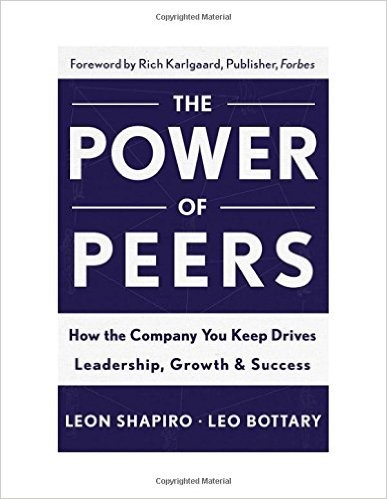In Business We Trust
I just read the 2019 EDELMAN TRUST BAROMETER Global Report https://www.edelman.com/sites/g/files/aatuss191/files/2019-01/2019_Edelman_Trust_Barometer_Global_Report.pdf
It is an interesting 65-page research report with implications for all executives. Trust is today’s business currency, especially when it comes to managing people. I believe the most fundamental shift in the workplace is The Death of Control. And, if you can’t control someone, you had better be able to trust them!
Let me share a few of the findings I find most interesting.
1 . The good news is that trust in US companies is on the rise. Even though Gallup says two-thirds of employees are disengaged, 80% of US employees trust their employer, the highest level in some time. The US score is “middle of the pack” in terms of employees trusting their employers in different countries, so there is plenty of room for improvement!
2. Top five communications topics that are most effective in increasing employer trust:
- Societal Impact- The organization’s contributions for the betterment of society 3.78
- Values- The organization’s values 3.24
- The Future- The organization’s vision for the future 3.12
- Purpose- The organization’s mission and purpose 2.85
- Operations- Operational decisions, including decisions that may affect my job 2.62
To what extent are you making an effort to communicate and brand these factors? Does the CEO talk about them? Do you? Are these factors marketed on the career page of your website, in your employee newsletter and on the walls of your company?
3. Those companies that focus on creating trusting relationship see significant benefits.
Percent of employees who engage in these types of behaviors on behalf of their employer
(Low trust environment/high trust environment/trust difference):
- Advocacy 39/78/+39
- Loyalty 36/74/+38
- Engagement 38/71/+33
- Commitment 53/83/+31
Trust drives desired behaviors. While it may feel like a “soft subject” it has bottom-line implications.
4. According to the report, the New Employer-Employee Contract focuses on…
- Leading Change: Be aspirational – Address concerns about the personal impact of change – Train the workforce of the future.
- Empowering Employees: Give them a voice – Create opportunities for shared action- Empower them with information.
- Starting Locally: Solve problems at home – Improve societal conditions in the local communities in which you operate – Live your values.
- CEO Leadership: Engage directly – Be visible and show a personal commitment, inside and outside the organization.
Remember, your effectiveness as a leader has much to do with who you can trust…and who can trust you.
5. Last, is a checklist of how trusting employees view their company. Isn’t this how you want employees thinking and feeling about your company!
Loyalty items
- I want to stay working for this organization for many years
- I publicly support decisions taken by the organization’s leadership
Advocacy items
- I would recommend our products or services to others
- I would defend the organization if I see or hear it being criticized
- I recommend this organization as an employer to others
Commitment items
- I want to do the best possible job for our customers or clients
- I am committed to helping the organization achieve its strategy and goals
- I feel motivated to perform at my best
- I do more than what’s expected to help them succeed
Engagement items
- I behave in a way that epitomizes the organization’s values
- I support the organization’s social causes and community activities
- I offer suggestions for improving the organization’s processes, products or services
- I would feel comfortable in speaking up if I were to see the organization engaging in wrong-doing
- I participate in the organization’s social media activities
- I would feel comfortable pressuring management to weigh in on important social and political issues if I thought remaining silent would hurt the reputation of the organization
- I feel a sense of pride in my organization
Excellent checklist and one that can be turned into an annual survey or series of surveys at your company!
Conclusion-All of the above should feel right. So, what is the resistance to doing any of it? If time and money aren’t legitimate excuses, then what is?
In addition to the benefits of trust mentioned above, my 30 plus years of being an employment lawyer also tells me people who trust each other don’t sue each other. Trust is a great risk-management factor as well.
PS if you have not done so, I encourage you to take a look at the videos I did on my LinkedIn page about moving from Control to Trust https://www.linkedin.com/in/donphin





